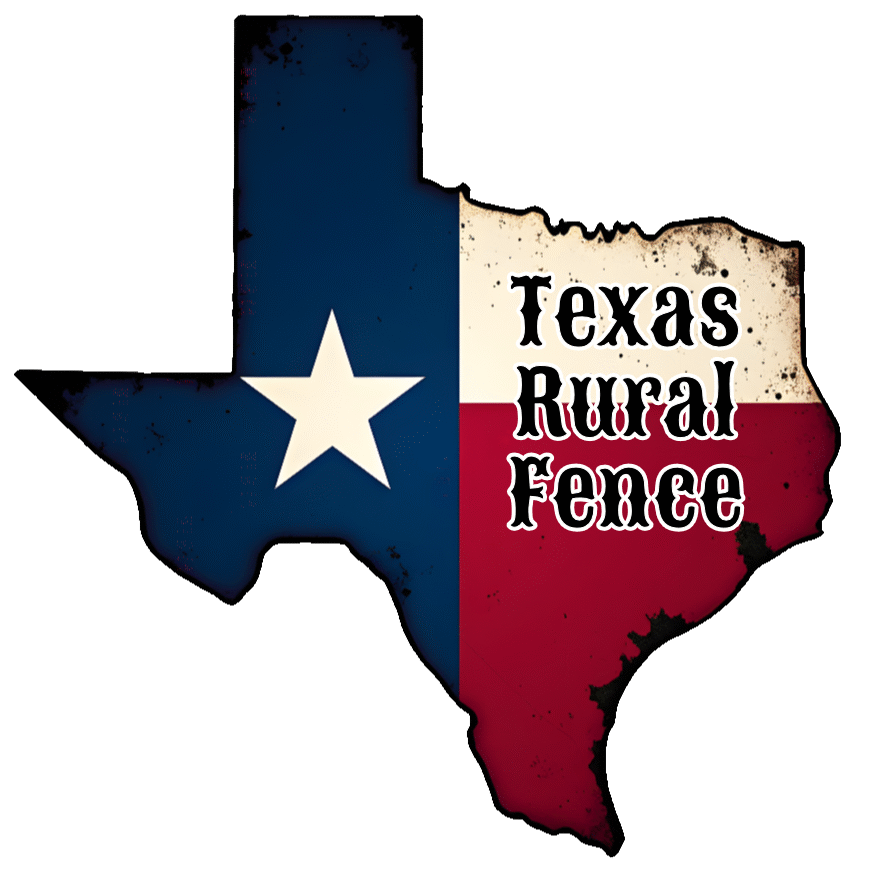Basic List of Tools Needed for various fence styles.
Constructing a fence requires a comprehensive set of tools tailored to the specific type of fence you’re building. Here’s an in-depth look at the essential tools for various fence styles and their specific applications:
1. Wood Fences:
Post Hole Digger (Manual or Auger): Essential for excavating uniform holes for fence posts, ensuring stability and proper depth.
Digging Bar (Spud Bar): Assists in breaking up hard soil, rocks, or roots encountered during post hole preparation.
Circular Saw: Used to cut wooden fence panels and posts to precise lengths, accommodating custom designs and ensuring a proper fit.
Claw Hammer: Drives nails into wooden components securely and removes any misplaced nails during construction.
Level (Torpedo Level): Ensures that posts and panels are installed plumb and level, maintaining the fence’s structural integrity and aesthetic appeal.
Tape Measure: Measures accurate distances between posts and panel lengths, facilitating precise layout and symmetry.
Power Drill: Drills pilot holes and drives screws into wooden elements, enhancing joint strength and reducing the risk of wood splitting.
Safety Gear: Includes gloves, safety glasses, and hearing protection to safeguard against potential hazards during construction.
2. Chain Link Fences:
Post Hole Digger (Manual or Powered Auger): For creating holes to set fence posts efficiently, especially in tougher soils.
Fence Stretcher: Tensions the chain link fabric, ensuring a taut and secure installation that maintains durability and appearance.
Come-Along (Cable Puller): A hand-operated winch that aids in stretching the chain link fabric tightly, preventing sagging and ensuring uniform tension.
Pliers (Fence Pliers): Twists and secures tie wires that attach the fabric to the posts and rails, ensuring stability.
Wrench Set (Ratchet with Sockets): Tightens bolts and nuts on fittings and hardware, securing all components firmly.
Wire Cutters (Bolt Cutters): Cuts chain link fabric and tie wires to the required length, allowing for customization and adjustments.
Level (Torpedo Level): Ensures posts are plumb and aligned correctly, maintaining the fence’s structural integrity.
Safety Gear: Protective equipment to ensure safety during installation, including gloves and eye protection.
3. Vinyl Fences:
Post Hole Digger (Manual or Auger): For digging uniform holes for vinyl posts, ensuring consistent depth and alignment.
Circular Saw with Fine-Tooth Blade: Cuts vinyl panels and posts cleanly without chipping, ensuring smooth edges and proper fit.
Rubber Mallet: Gently taps vinyl components into place without causing damage, ensuring snug and secure connections.
Level (Torpedo Level): Checks for proper alignment and plumb of posts and panels, maintaining a professional appearance.
Tape Measure: Measures distances accurately for post placement and panel fitting, ensuring uniformity and balance.
Power Drill: Drills holes and drives screws when attaching brackets or hardware, facilitating secure assembly.
Safety Gear: Essential protective equipment for safe installation, including gloves and safety glasses.
4. Electric Fences:
Post Driver (Manual or Powered): Drives metal or wooden posts into the ground efficiently, essential for installing multiple posts over large areas.
Wire Strainer (Fence Wire Tensioner): Tensions electric wires to maintain a consistent charge and prevent sagging, ensuring effectiveness.
Insulator Installation Tool: Attaches insulators to posts, preventing electrical shorts and maintaining safety.
Voltage Tester (Electric Fence Tester): Checks the fence line to ensure proper electrical charge and functionality, crucial for maintaining containment.
Wire Cutters: Cuts electric wire to the necessary lengths, allowing for customization and repairs.
Safety Gear: Protective equipment to ensure safety during installation and maintenance, including insulated gloves.
Selecting the appropriate tools for your specific fence type is crucial for a successful installation. Proper equipment not only enhances efficiency but also ensures the durability and functionality of the fence.
